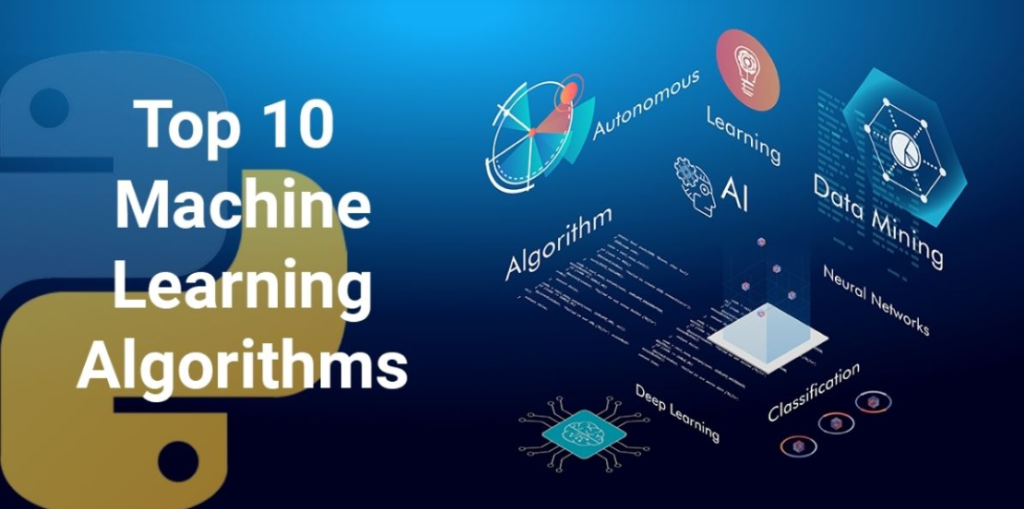
Anaconda Installation
Jupyter Notebook Introduction
Jupyter Notebook Interface Walkthrough
Cell Types & Modes
Shortcuts & Magic commands
Publishing & Sharing Jupyter Notebook
Requirements
- There are no requirements or prerequisites for this course
Description
This course is designed for all python developers who are eager to learn different features and functions of Jupyter notebook. This course will provide you complete knowledge and understanding of frequently used Jupyter notebook features. With the help of this course, your productivity and coding skills will reach the next level.
This course is for all the developers from beginners to advance, if you are a new Python developer or an experienced one, you will definitely learn something new in this course.
We’ll start our course with an introduction to Anaconda and Jupyter notebook. After the introduction, Anaconda installation will be performed and I will show you how to start writing code in Jupyter Notebook. Our next step will be to go through Menu tabs and all options inside each tab to get familiar with their functions. We’ll also look at Cell types, Modes, Shortcuts and Magic Commands. At the end we’ll see how can we publish the Jupyter notebook file on a website or blog and how can we share it with other team members.
Who this course is for:
- Python Developers
- Data Scientists
- Data Analysis
Course content






